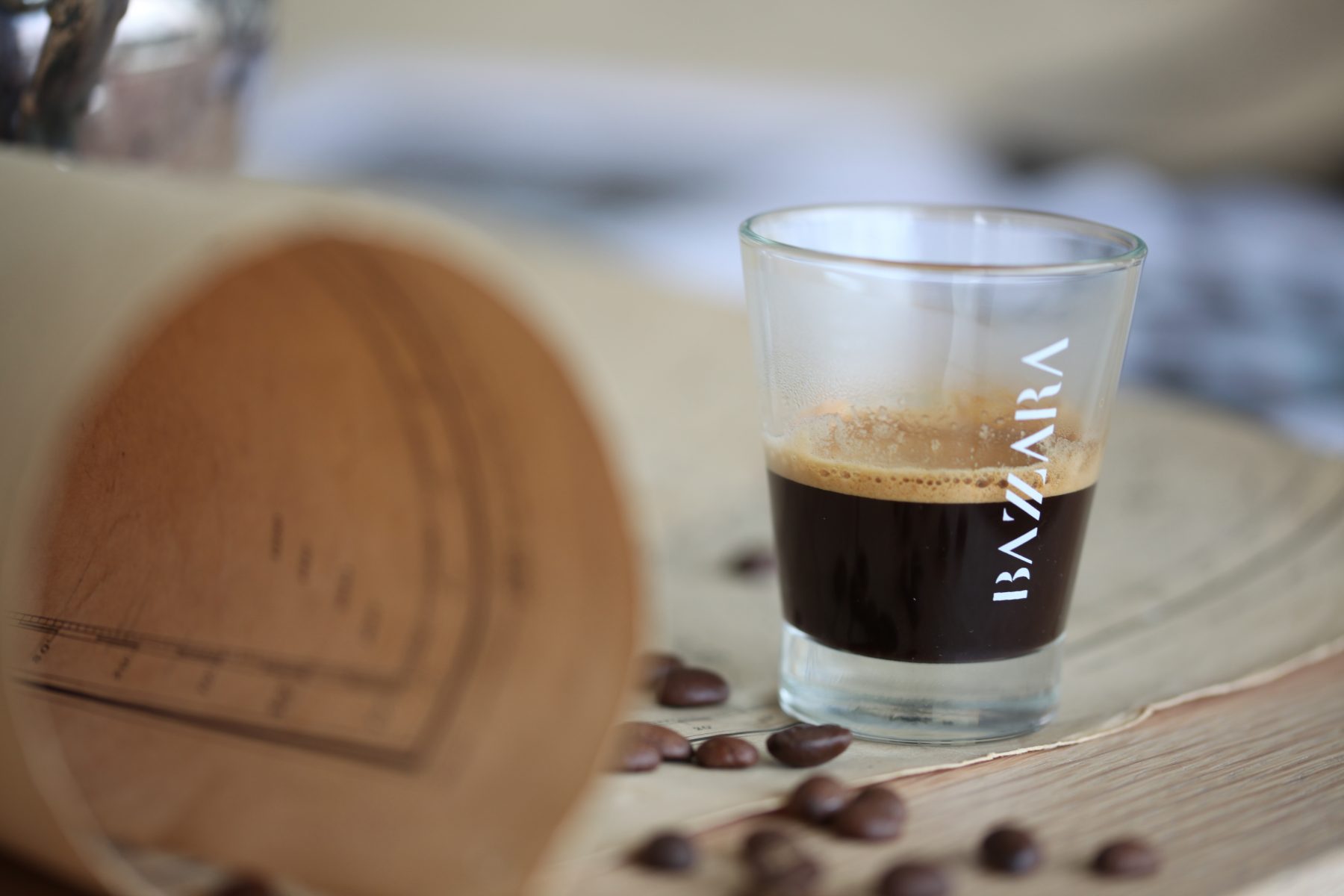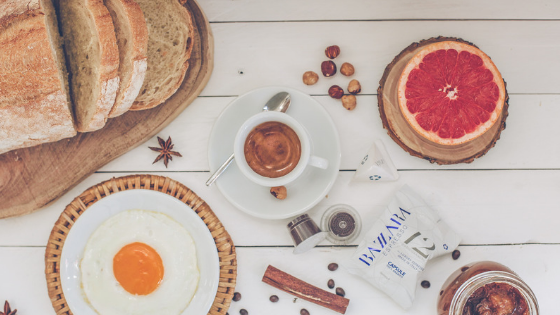Caffeine is the natural substance found in coffee beans, its name is due to the German chemist Friedrich Ferdinand Runge who called it “Kaffein”. It is a substance present in different plants, leaves, seeds and fruits; not just in coffee!
Caffeine is also found in (3%, about 28 mg per cup), in guarana (5%), in cola or yerba mate, it acts as a natural insecticide, preventing pests from ruining the plant where caffeine is found, obviously it is not toxic to us as it is for insects.
This substance with a bitter taste, in nature, is colorless and looks like a crystal. In the beginning (stone age) leaves and berries containing caffeine were consumed. In China, it was produced in large quantities and during the sixteenth century, its production was spread in Asia, Africa and Europe.
In an cup of espresso there are 80 mg of caffeine.
If we drink a small cup of coffee, the quantity of caffeine is less because there is less brew in the cup, while the greater concentration of caffeine can be found in a long black coffee. Decaffeinated coffee is created with the use of a solvent that is applied to raw beans in order to eliminate caffeine, then the beans are steamed, to remove the solvent used.
Let’s talk about the benefits of caffeine:
Students know it all too well, caffeine increases concentration and the state of vigilance. Athletes use it to improve their athletic performance, in fact, the energetic substance optimizes oxygenation, but one must be cautious because it can be considered a doping substance if consumed excessively.
Regular consumption of coffee helps to prevent many diseases, reduces the risk of Alzheimer’s, protects men from prostate cancer, women from breast cancer, stokes, and so much more.









